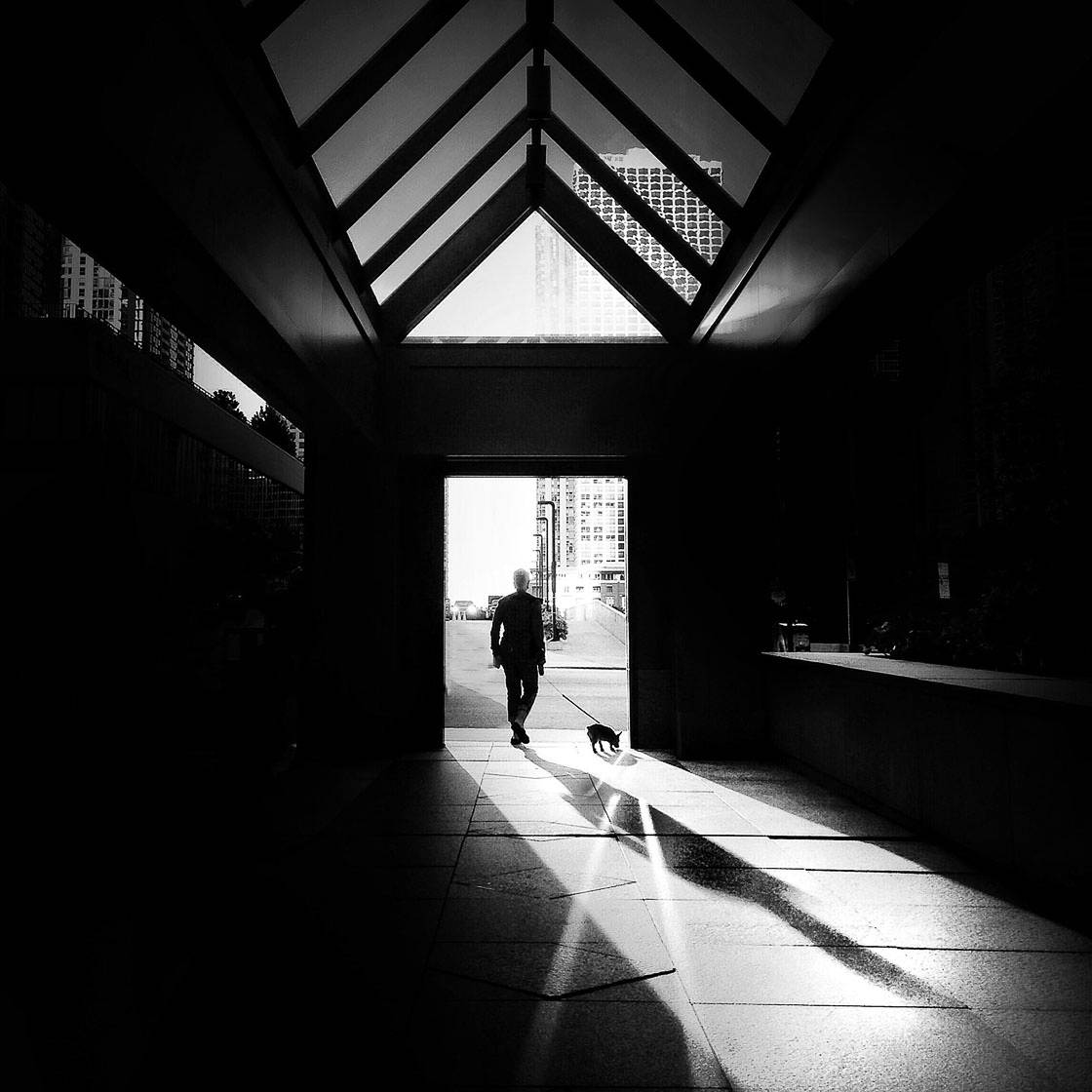Street Photographers Fundamentals Explained
Street Photographers Fundamentals Explained
Blog Article
The Only Guide for Street Photographers
Table of ContentsExcitement About Street PhotographersAn Unbiased View of Street PhotographersThe Ultimate Guide To Street PhotographersThe Definitive Guide to Street Photographers3 Easy Facts About Street Photographers Explained
, a style of digital photography that documents everyday life in a public place. The very publicness of the setting allows the photographer to take honest photos of complete strangers, frequently without their expertise. Road professional photographers do not necessarily have a social function in mind, but they favor to isolate and catch moments which could otherwise go undetected.Though he was influenced by several of those that influenced the road photographers of the 1950s and '60s, he was not primarily interested in capturing the spirit of the road. The impulse to visually document individuals in public began with 19th-century painters such as Edgar Degas, douard Manet, and Henri de Toulouse-Lautrec, that worked side by side with digital photographers attempting to record the significance of city life.
Unlike Atget, professional photographer Charles Marville was hired by the city of Paris to create an encyclopaedic paper of Haussmann's city planning task as it unfolded, hence old and new Paris. While the photographers' subject was basically the very same, the outcomes were noticeably different, showing the effect of the professional photographer's intent on the personality of the pictures he created.
Our Street Photographers Ideas
Offered the great quality of his photographs and the breadth of material, designers and musicians often acquired Atget's prints to make use of as recommendation for their very own job, though industrial passions were rarely his primary motivation. Instead, he was driven to photograph every last remnant of the Paris he liked.

Unlike his peers, Brassa utilized a larger-format Voigtlnder electronic camera with a much longer exposure time, compeling him to be a lot more computed and thoughtful in his technique than he could have been if utilizing a Leica. (It is believed that he may not have had the ability to manage a Leica back then, however he did, however, utilize one in the late 1950s to take colour pictures.) Brassa's photos of the Paris underworld brightened by synthetic light were a discovery, and the compilation of the series that he released, (1933 ), was a significant success.

The smart Trick of Street Photographers That Nobody is Discussing
It is due to this basic understanding of the art of photo taking that he is commonly attributed with finding the medium around once more approximately a century considering that its invention. He took photos for greater than a half century and influenced generations of digital photographers to trust their eye and instinct in the moment.
These are the inquiries I shall try to respond to: And after that I'll leave you with my own interpretation of street digital photography. Yes, we do. Let's begin with specifying what a definition is: According to it is: "The act of specifying, or of making something guaranteed, distinct, or clear".
No, most definitely not. The term is both explanation limiting and misleading. Seems like a street photography need to be pictures of a roads best?! And all street digital photographers, other than for a handful of outright newbies, will completely appreciate that a street is not the crucial part to street digital photography, and really if it's an image of a street with possibly a few monotonous people not doing anything of interest, that's not street photography that's a picture of a street.
Street Photographers Can Be Fun For Anyone
He makes a valid point don't you think? While I agree with him I'm not sure "honest public photography" will capture on (although I do kind of like the term "candid digital photography") due to the fact that "street photography" has been around for a lengthy time, with several masters' names connected to it, so I think the term is below to stay. Street Photographers.
Inside?! I hear you yell as you drink your fist to the skies. Why not? You can contend the beach, at a festival, in a street, in a park, in a piazza, in a cafe, at a museum or art gallery, in a metro terminal, at an occasion, on a bridge, under a bridge ...
Yes, I'm worried we have no choice! Without rules we can not have a meaning, and without a meaning we do not have a category, and without a style we don't have anything to define what we do, and so we are embeded a "rules definition genre" loophole! And no-one desires to obtain embeded a loop. - Street Photographers

Report this page